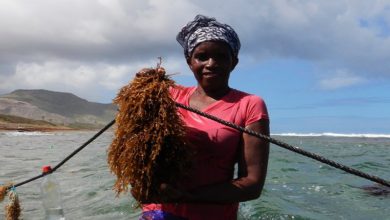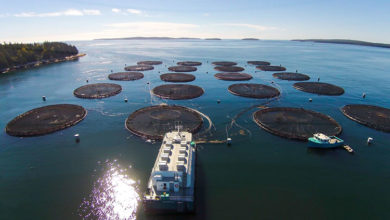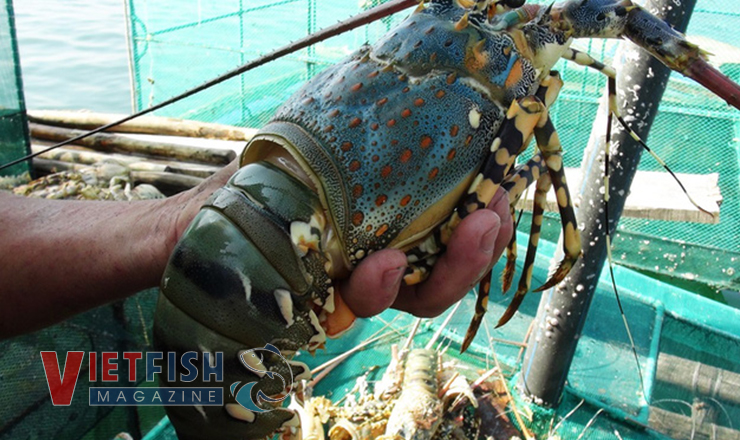Bình Định shrimp farmers having bumper harvests and getting double the yield
Bình Định shrimp farmers produced two crops in 2018 and got double the yield compared to the previous year. They started farming at the right time of the season, carefully checked the post larvae, and well managed the growing pond, hence, preventing shrimps from getting diseases.
Manager of Bình Định Fisheries Sub-department Võ Đình Tâm said that there were 1,870 ha used for shrimp farming in the first season and 437 ha in the second season. By October 2018 the yield reaches 5,240 tons, up 50% year on year. Average production of white leg shrimps is 10-11 tons/ha. Bình Định farmers have produced bumper crops in three consecutive years.
Tuy Phước owns the most farming ponds in Bình Định with 997 ha along the East dyke. 90% of the area was harvested; the yield reached 1,808 tons, up 8% as compared to the previous year. Vice Chairman of Tuy Phước People’s Committee Trần Kỳ Quang said that after the bumper crop, farmers were eager with semi-intensive shrimp farming in the following season where shrimps would be farmed in 75 ha high-tide area (on the East dyke) around Phước Sơn, Phước Hòa, Phước Thuận, Phước Thắng communes.
The area under the surface water of the East dyke is used to farm shrimp, fish, and crabs by improved-extensive system where fish and crabs are beneficial species instead of shrimps. Farmers in Phước Thắng have had a bumper harvest from semi-intensive farming ponds. Production is 5 tons/ha, average price is 110,000 VND/kg, and farmers earn profit of 550 million VND/ha. Farmers harvested 1 tons/ha from shrimps plus fish and crab, earning 150 million VND/ha. Not only were the crop much bumper but also price was steady. White leg shrimps from two seasons were sold at 105-110 thousand VND/kg (100pcs/kg); black tiger shrimps at 260-280 thousand VND/kg (25-30 pcs/kg). Some households earned hundred million dong.
Head of Aquaculture Office of Bình Định Fisheries Sub-department Phạm Thanh Nhân said biosafety farming system had shown positive results. Farmers strictly followed technical solutions and seasonal schedule by agriculture sector so that they avoid unfavorable conditions of the weather. Moreover, post larvae werecarefully checked before stocking to assure quality and control disease.
VFM






